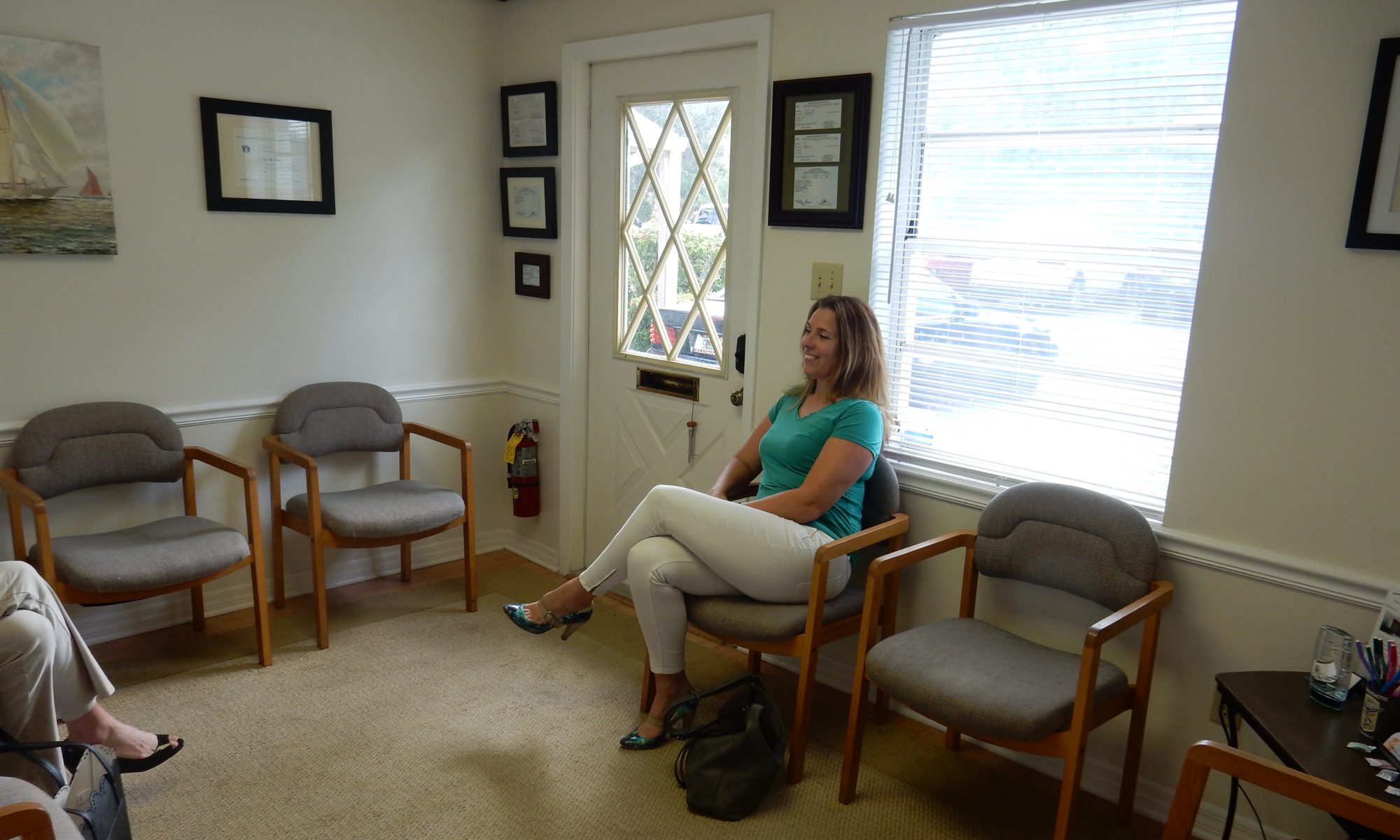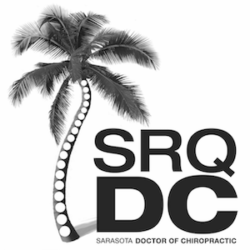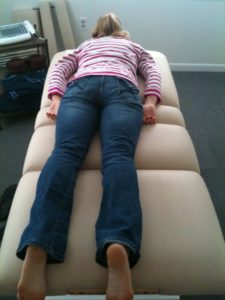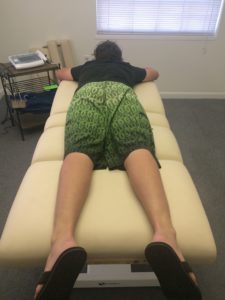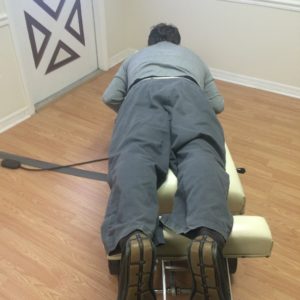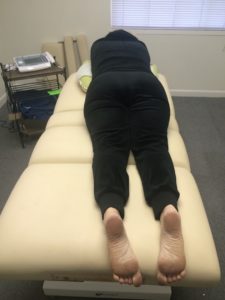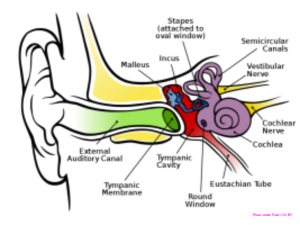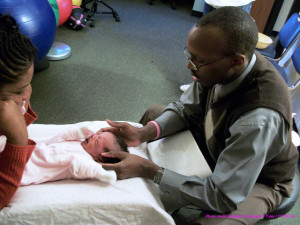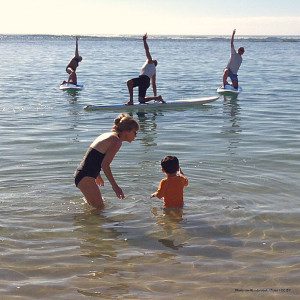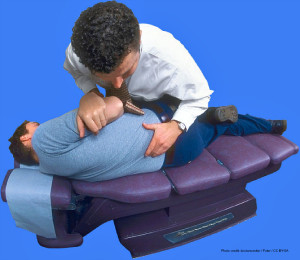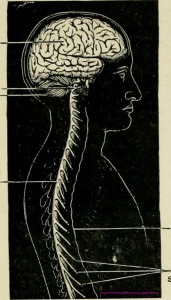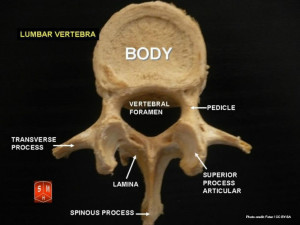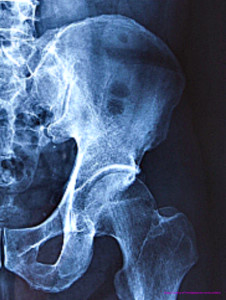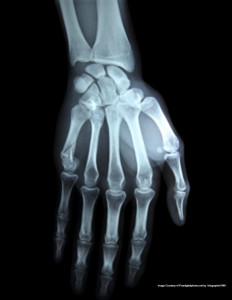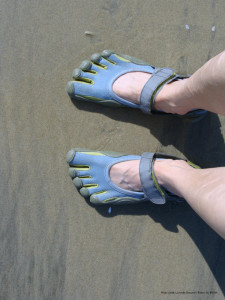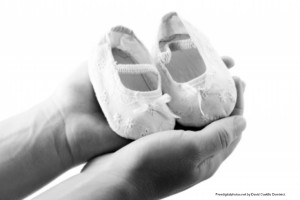Scoliosis.
It’s a term that we’ve all heard from childhood. Simply put, it’s a curve of the spine. And in the vast majority of cases, it’s considered idiopathic. This means no one knows why it happens.
Well, here’s a fairly simple explanation based on body mechanics and the nervous system.
When we stand, our body orients itself. There are two major ways we do this.
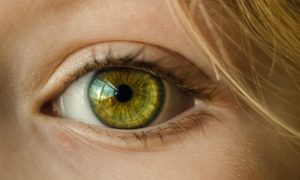
One is by vision. We look out and level our eyes with the horizon line.

The second is called internal proprioception.
This is simply how the body knows where it is in space. For example, when giving a hand shake, proprioception is what guides your hand to the other person’s hand. These are two keys to us standing upright.
These two keys line up with two thoughts in Chiropractic of where and why the body creates compensation subluxation (mis-alignment).
In one view, we start at the base of the head / top of the spine.
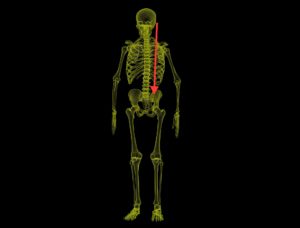
In this view, once the top is out of alignment, if left alone, the body will slowly compensate downward. The rest of the neck shifts, the shoulders, then your torso. This goes all the way down through your pelvis, hips, and even to your feet.
An example of this was a 3 year old boy I adjusted. Now, with this comes one of the hardest things for parents and family to accept: That cute thing your child is doing, it isn’t cute. It’s a problem. It needs to be fixed. This boy’s “cute thing” was that before he ran, every time, he would stop, scrunch down his right shoulder, and then go. When I saw him, I found his occiput out. This meant when he stood straight up, his eyes were not level with the horizon. So before he ran, his scrunching down was to level his eyes. After almost a year of scrunching, one visit to me and he never did it again.
In the other view, your proprioception of your feet is off.

This can come from a subluxation anywhere along the nerve pathway, from your toe up into your neck. But the result is the same. Your body believes its feet are
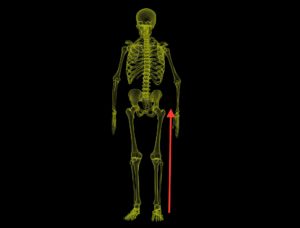
somewhere else. And your body starts to compensate and shift. The first major point for this is your hips and, as they’re all on the same level, your pelvis and tailbone. Once the tailbone is out of position, it moves up the lower back, into your torso, and eventually your shoulders, neck, and head. For examples of this, go here.
Basically we have top-down and bottom-up models of subluxation and compensation.
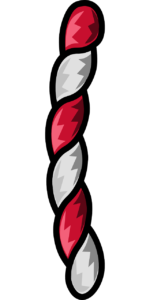
Now, let’s take a straw or a piece of string. Hold it at the top and twist. It takes a while, but the bottom becomes twisted. Hold it at the bottom and twist. It takes a while, but eventually the top becomes twisted. But, hold it at the top and bottom and twist, and it’s done, fast. If you’re like me and accept that both Chiropractic models have validity, this twisting from both top and bottom can occur. And a scoliosis is a sensible outcome.
There we have it. A neurological, bio-mechanical explanation for scoliosis.
What’s an easy way to help? That’s easy. Consistently remove the subluxation, and let the body grow properly.
Give me a Call!
